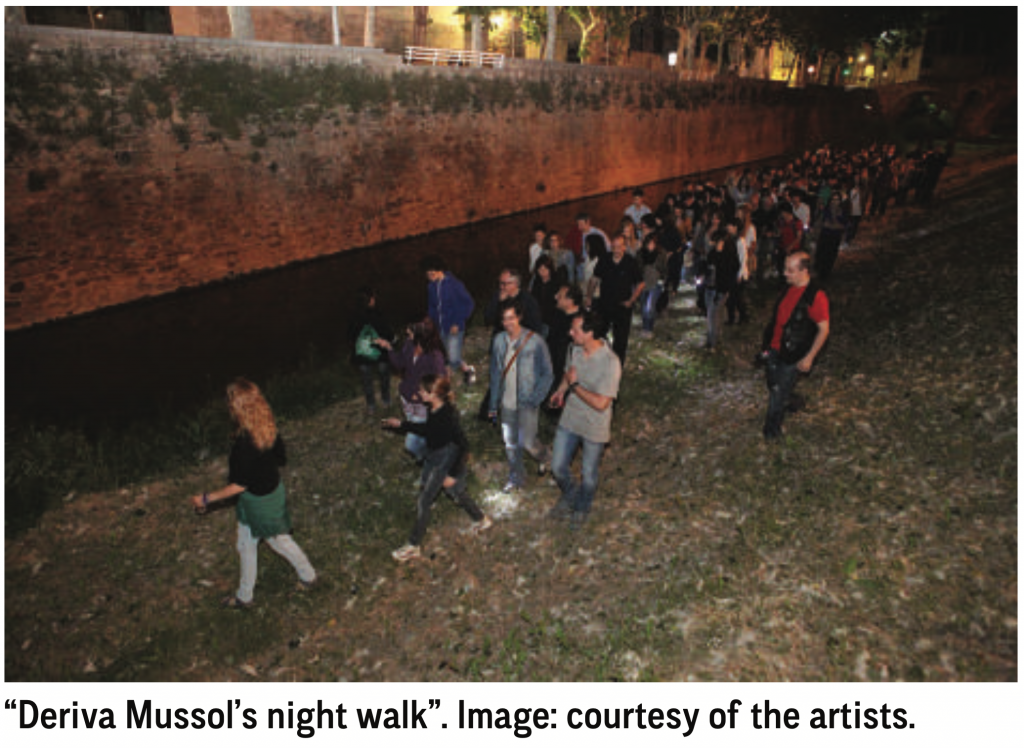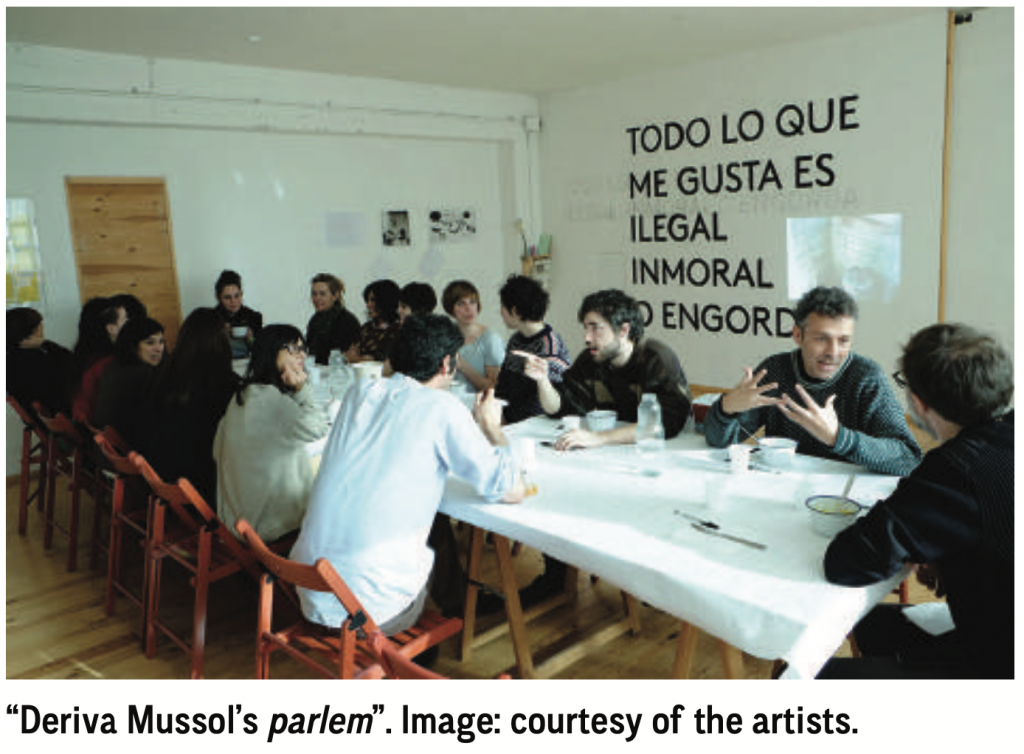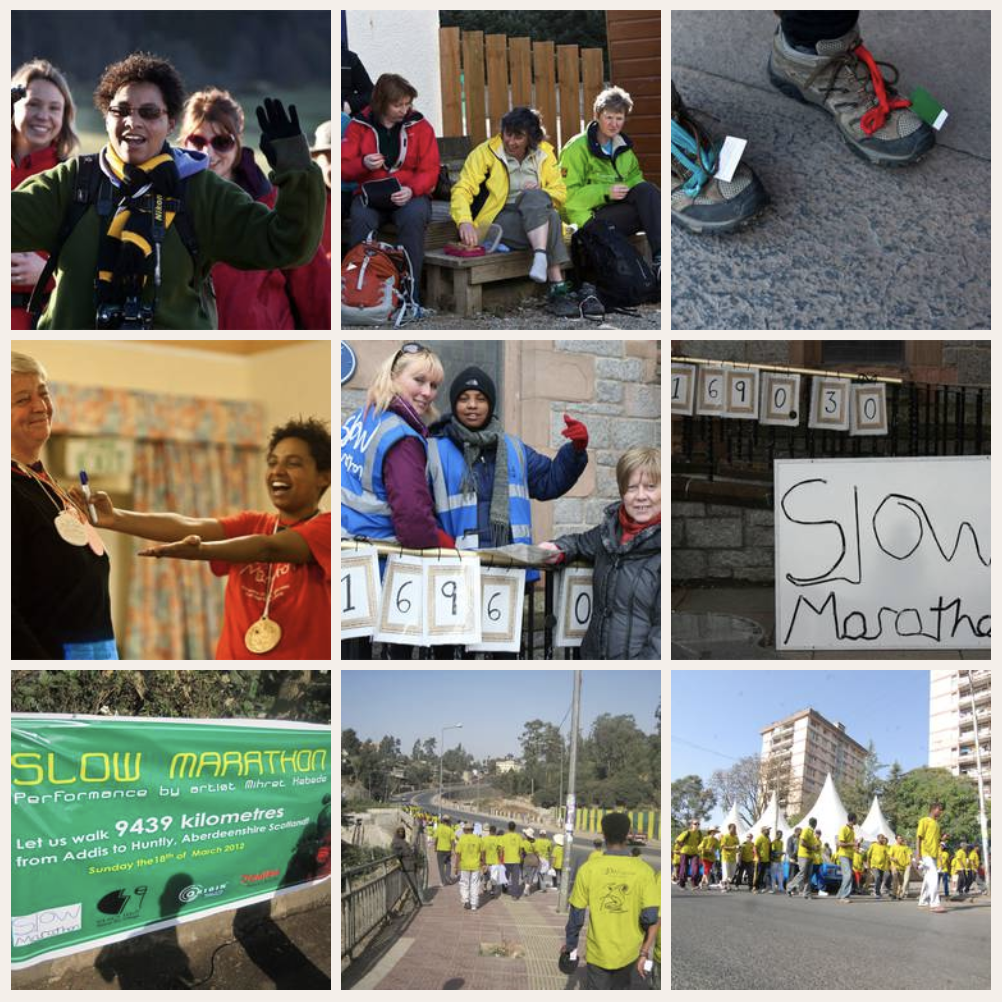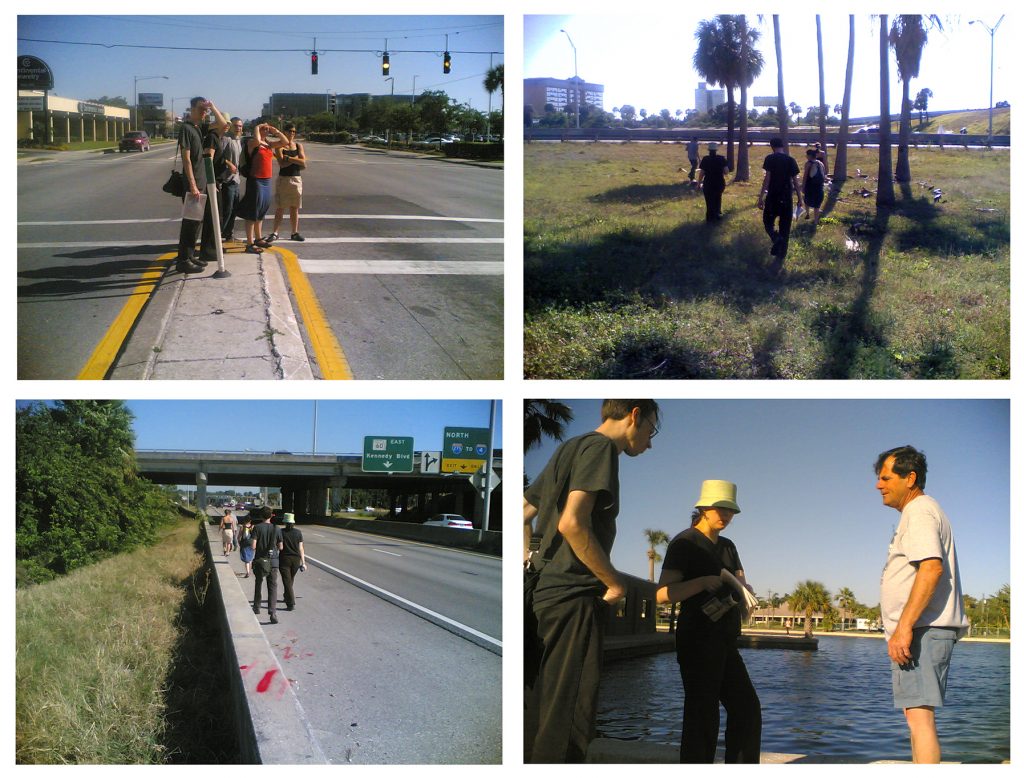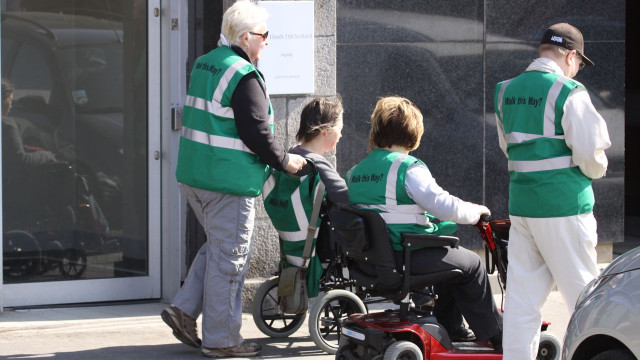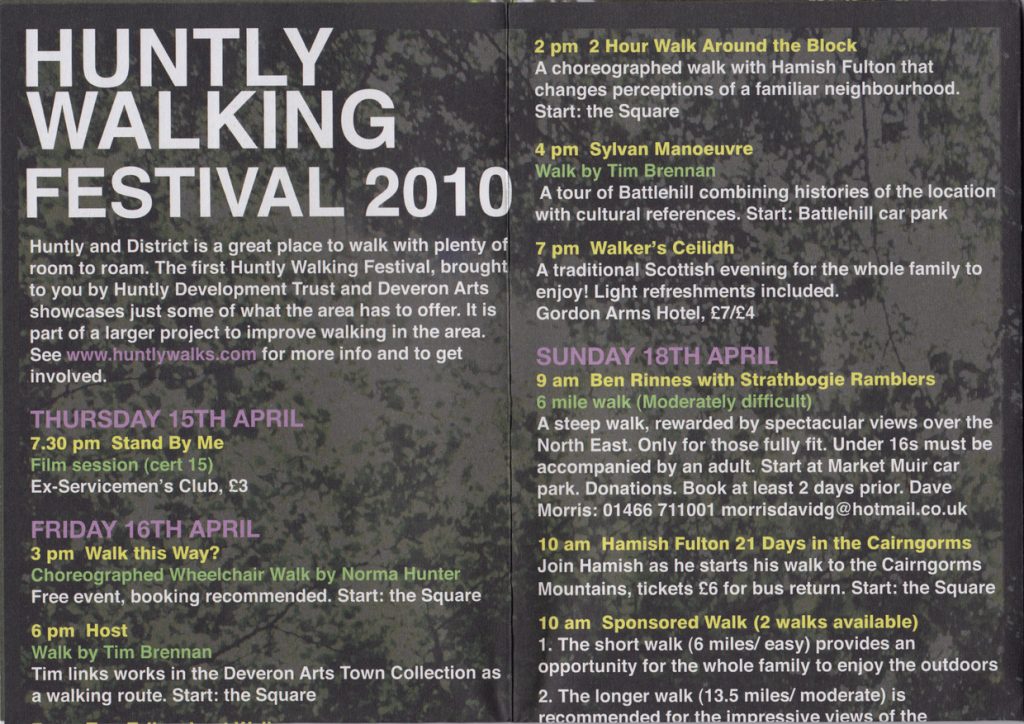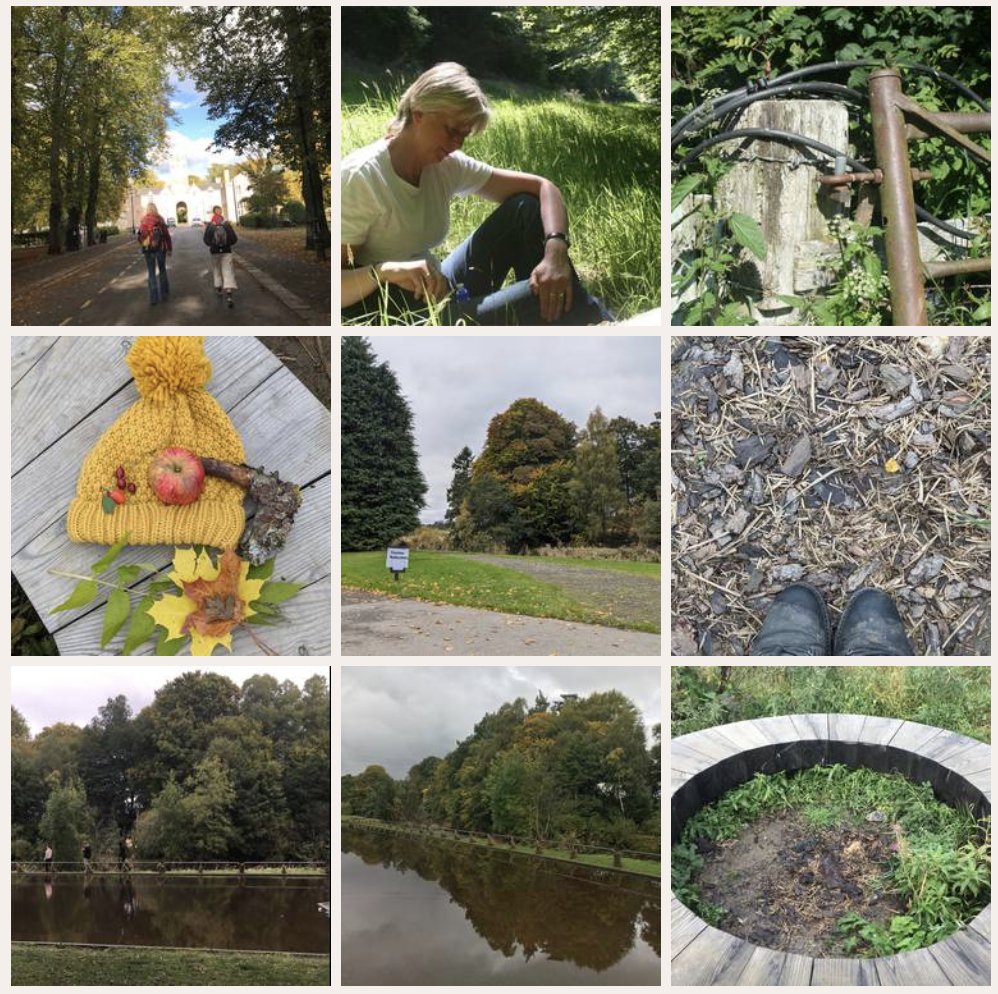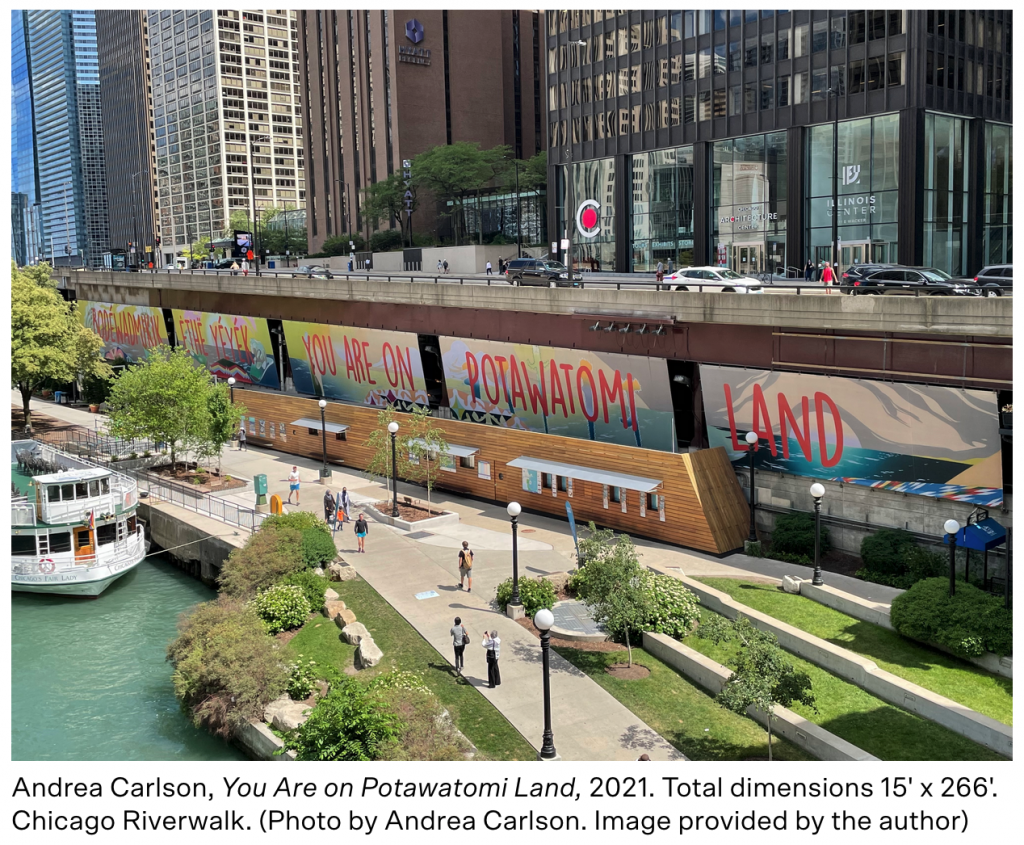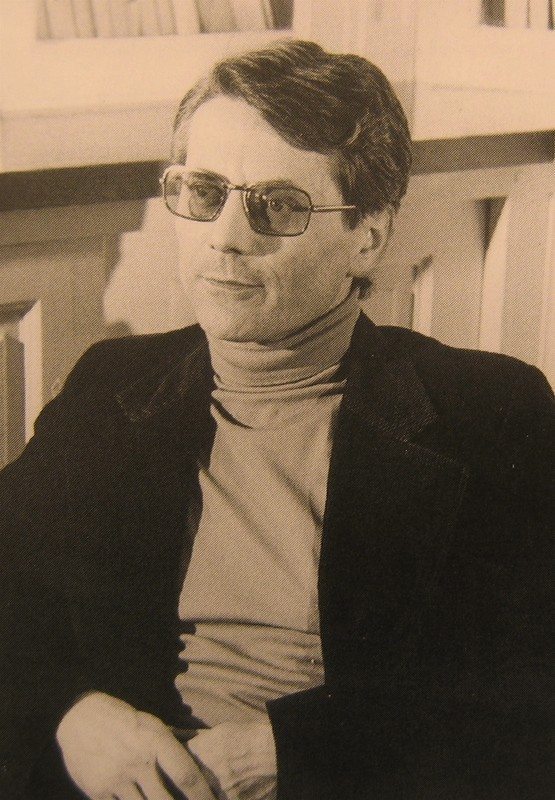
Glowlab, One Block Radius (2004)
“Beginning in January 2004, artists Christina Ray and Dave Mandi-known as Glowlab – have been examining the block on which our new building will rise (Bowery to Chrystie Street and from Stanton Street to Rivington Street). Glowlab’s project, One Block Radius…provides an in-depth focus on this specific microcosm of New York City. This feature-rich urban record will include personal perspectives from diverse sources such as city workers, children, street performers and architectural historian. Engaging a variety of tools and media such as blogs, video documentation, field recordings and interviews, Glowlab will create a multi-layered portrait of the block as it has never been seen before.” [credit]
“One Block Radius, a project of Brooklyn artists Christina Ray and Dave Mandl [known collaboratively as Glowlab], is an extensive psychogeographic survey of the block where New York’s New Museum of Contemporary Art will build a new facility in late 2004. Engaging a variety of tools and media such as blogs, video documentation, maps, field recordings & interviews, Glowlab creates a multi-layered portrait of the block as it has never been seen before [and will never be seen again]. This website is an interactive archive for the project, which will continue to grow over time as we build a dense data-map of the block. The information collected is organized into three categories: observation, interaction & response. Click on each category to begin exploring the block.” [credit]
“While the block is bit-size in relation to the surrounding metropolis, the changes it is about to undergo are massive. One Block Radius plays with this idea of scale, aiming to zoom in and physically data-mine the tiny area for the amount of information one would normally find in a guide book for an entire city. This feature-rich urban record will include personal perspectives from diverse sources such as city workers, children, street performers, artists and architectural historians. ” [credit]
